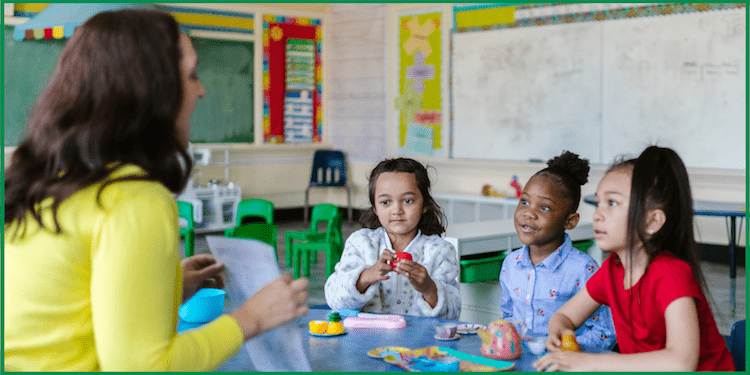Child safety encompasses many topics, including physical, emotional, and online safety.
As a society, we are responsible for protecting our children and ensuring their safety.
Every child merit growing up in a conducive and safe environment where they can learn, play, and develop without fearing harm.
Table of Contents
- Child’s Physical Safety
- Child’s Emotional Safety
- Child’s Online Safety
Child safety is a critical issue that everyone should take seriously, and it’s up to all of us to do our part in keeping children safe.
Parents, teachers, caregivers, and communities all play a role in ensuring children are safe and protected.
This article will explore some essential tips for keeping children safe in these areas.
1. Physical Safety
Physical safety is the most apparent aspect of child safety, and it involves protecting children from physical harm.
Here are some tips to help ensure your child’s physical safety:
- Install Safety Features in Your Home: Make sure your home is childproofed, with childproof locks, outlet covers, and other safety features installed throughout the house––it will help prevent accidents and injuries.
- Teach Your Child About Stranger Danger: Educate your child about the importance of not talking to strangers and what to do if a stranger approaches them. Ensure they know never to go with someone they don’t know and always check with you first.
- Buckled Up Children in Motor Vehicle: Whether in a car seat, seat belt, or booster seat, always buckle up when traveling in a motor vehicle. Never leave them unattended in a car or without proper supervision.
2. Emotional Safety
Emotional (mental) safety is as crucial as physical safety and protects children’s emotional well-being.
Here are some tips to help ensure your child’s emotional safety:
- Be an Active Listener: Take the time to listen to your child when they speak to you. Show that you’re interested in what they say and encourage them to share their feelings with you.
- Provide a Safe and Secure Environment: Children need to feel safe and secure in their living environment. Create a safe space for them at home to relax, play, and be themselves.
- Encourage Open Communication: It is important to encourage your child to communicate with you and let them know they can always talk to you about anything without fear of judgment or punishment.
3. Online Safety
Online safety is becoming increasingly important as children spend more time online.
Here are some tips to help ensure your child’s online safety:
- Monitor Child’s Internet Use: Keep an eye on your child’s internet use and set up parental controls on their devices to restrict access to inappropriate content.
- Educate Children about Online Safety: Enlighten children about online safety, including the importance of not sharing personal information online and identifying and avoiding online predators.
- Establish Rules and Boundaries: Establish clear rules and boundaries around internet use and ensure your child understands the consequences of breaking these rules.
Bottomline
Child safety is a shared responsibility; parents, teachers, caregivers, and communities all have a role to play in keeping children safe.
We can establish a safe environment for our children by childproofing our homes, educating children about safety, using car seats and seat belts, monitoring screen time, maintaining open communication, etc.,
Remember, safety is everyone’s responsibility, and we must take action to prevent accidents and protect our children.
Do you enjoy this reading? Kindly share with family, friends, and colleagues. Thanks! 🙂



